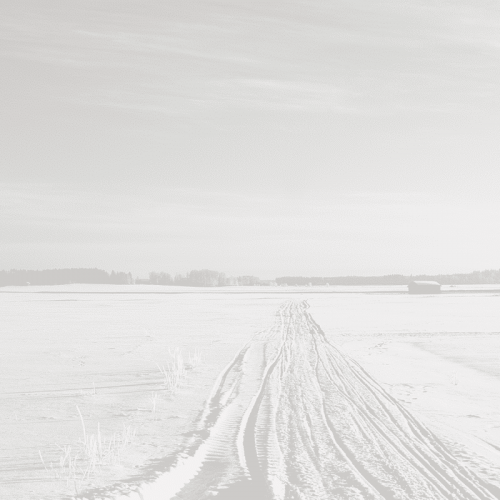Yes, for instance, stimulating toys and shelves for the animals to lie on are part of the everyday life on farms. Minks always have access to a den and foxes have access to a den for large parts of their life cycles. The animals also keep each other company, during parts of the life cycle the animal lives with its mother or its siblings. In addition to the shelf, foxes in particular use the den’s roof as a lookout. Even the small fox puppies can climb up on the shelf by using the wall netting as a ladder. On a lot of mink farms, they use so called climbing cages where the animals can move between two partially overlapping cages.
The animal bedding in the minks’ den is not just there for the sake of cleanliness and heat regulation, it also gives important stimulus. Some minks work hard to arrange the bedding in a certain manner, while others hardly care to take it out of the den. Stimulating chewing blocks are found in the fox and finnraccoon’s cages. Particularly puppies enjoy gnawing on these when they’re losing their milk teeth.

